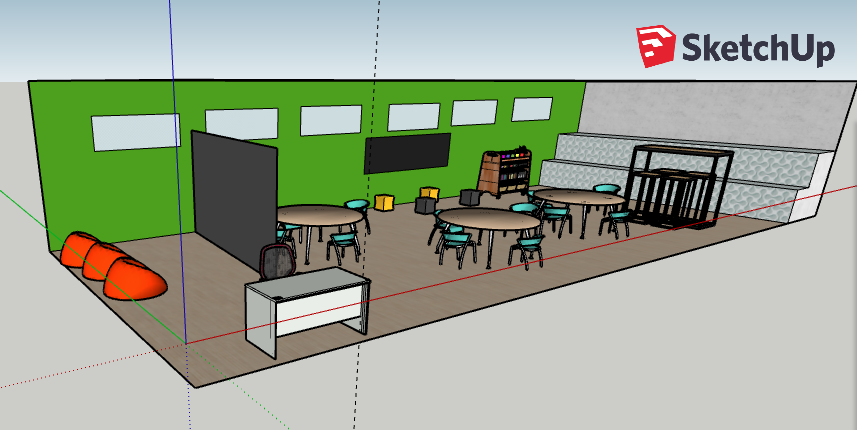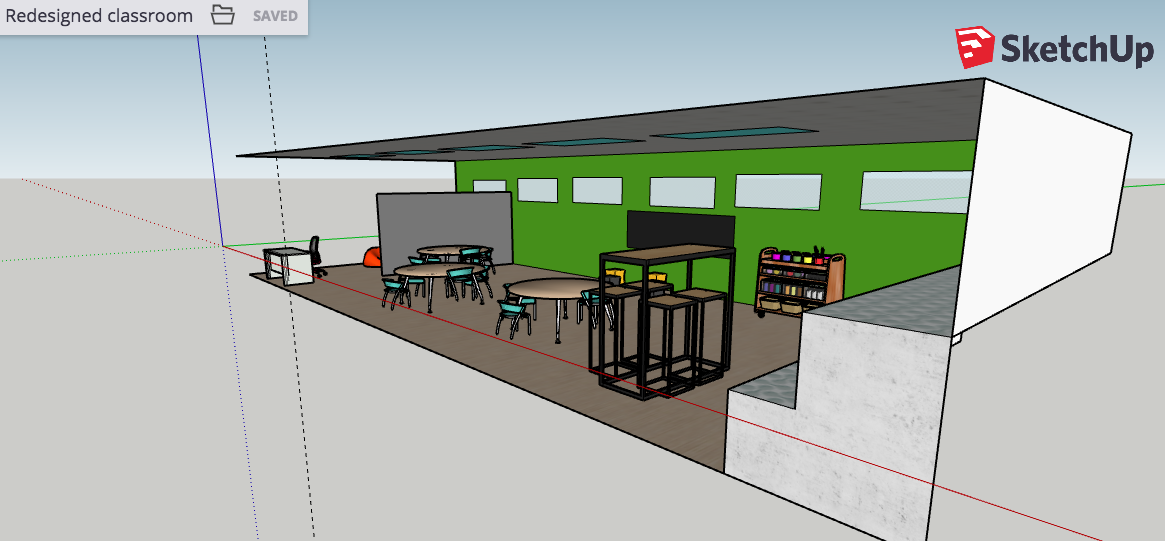
In Warren Berger’s book (2014) entitled, A More Beautiful Question: The Power of Inquiry to Spark Breakthrough Ideas, Berger states, “A question could serve as the lever to pry open the stuck lid on a can of paint. ‘If we have a longer lever, or a more dynamic question,’ she wrote, it can also be used to ‘really stir things up.’ In this metaphor, what’s being stirred are the ideas and potential answers that people already have in their heads; they just need a little mixing to help those thoughts come together” (Berger, p. 204).
Throughout my CEP 812 course we have talked the importance of questioning. It allows us to explore new ideas and ways of thinking. A question can open a world of possibilities, creativity, and innovation just like when opening a paint can to reveal a beautiful color. Questioning can guide us to more questions or potential solutions.
After reading Thomas Friedman’s New York Times Article (2013) entitled, It’s P.Q. and C.Q. as Much as I.Q., I have come to a new understanding that to be successful in any profession we no longer can rely just on our I.Q. or smarts. Friedman states, “It will also be those with more P.Q. (passion quotient) and C.Q. (curiosity quotient) to leverage all the new digital tools to not just find a job, but to invent one or reinvent one, and to not just learn but to relearn for a lifetime” (Friedman, 2013). This new understanding shows me the importance of being a lifelong learner as an educator. To always want to learn the newest technological advances and pedagogy to teach students. To seek out and question educational structures and ways of doing things. To reinvent my classroom structure and activities to meet the needs of all my students.

I have a deep passion to make a difference in the lives of students with special needs. I strive to differentiate instruction and learn different teaching techniques to meet every students’ needs and meet them wherever they are at in their educational career. Technology has been a great tool for me to find different ways to present content to my students that is meaningful and works best for them. Students are able to use sites like Google Classroom and SeeSaw to share their work and ideas with their peers. This builds confidence and a classroom community.
I am curious and continuously reassessing why I do the things I do, why I collect data the way I do, and reevaluate whether this is the only way to close the gap in a certain subject area. I self-reflect on a day-to-day basis and rely on that to become the best educator I can be.
As a teacher I need to continue to show my passion for this profession and my students. The most challenging part will to make sure I continue to be curious and question what is around me and always better my instruction, the way I present my content, and how I incorporate technology into my classroom.
Questioning, passion, and curiosity are ideas that I strive to implement in my own life, not just in the classroom. To question why I feel a certain ways using “why”, “what if”, and “how” questions to get me to a possible solution. To continue to have passion and curiosity to try new things and be adventurous with the people in my life. To continue my happiness in a world full of judgement.
In the video below I express my passions, my curiosity, and how I use technology to further those two areas in my classroom and in life. I talk about how I use questioning to guide my instruction, teaching, and self-reflection.
I would love comments and feedback if you have any after reading my post and watching this video. Thank you!
References:
Berger, W. (2014). A More Beautiful Question: The Power of Inquiry to Spark Breakthrough Ideas. New York: Bloomsbury, USA.
Friedman, T. (January 29, 2013). It’s P.Q. and C.Q. as Much as I.Q. The New York Times. Retrieved on August 12, 2018 from https://www.nytimes.com/2013/01/30/opinion/friedman-its-pq-and-cq-as-much-as-iq.html.
Pixabay. [Image]. Retrieved on August 12, 2018 from https://pixabay.com/en/painter-paint-cans-brush-paintbrush-1246619/.
Pixabay. [Image]. Retrieved on August 12, 2018 from https://pixabay.com/en/woman-question-mark-person-decision-687560/.



















